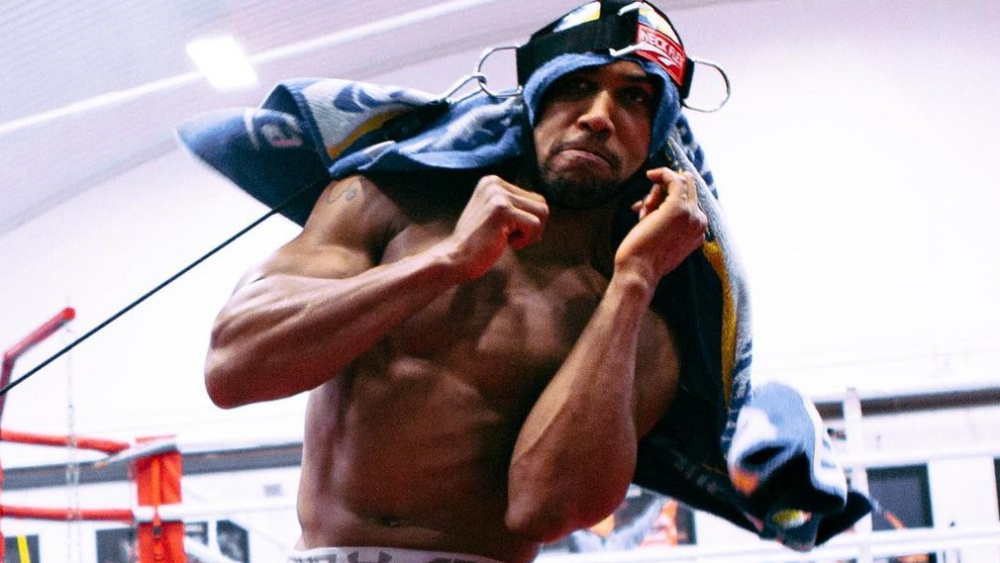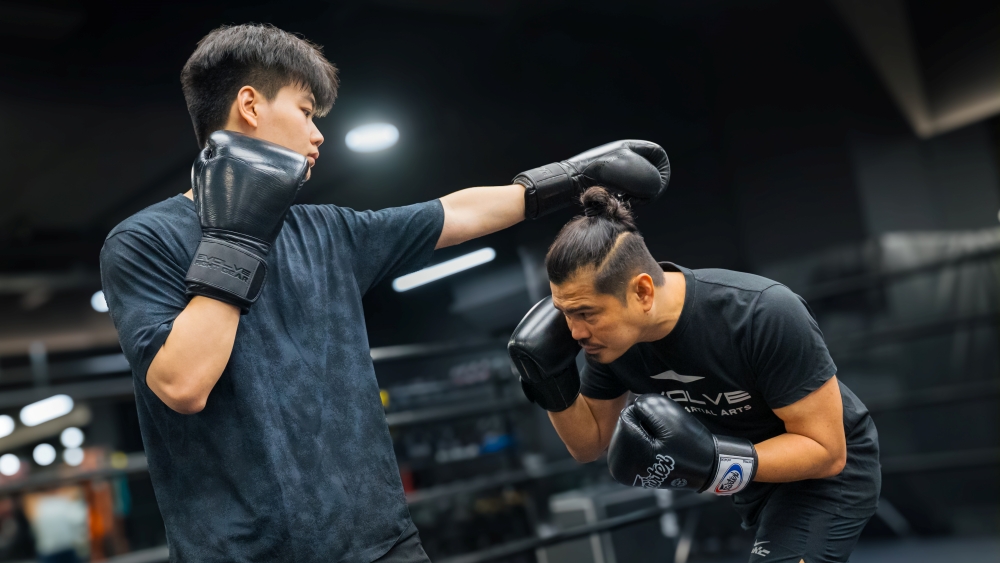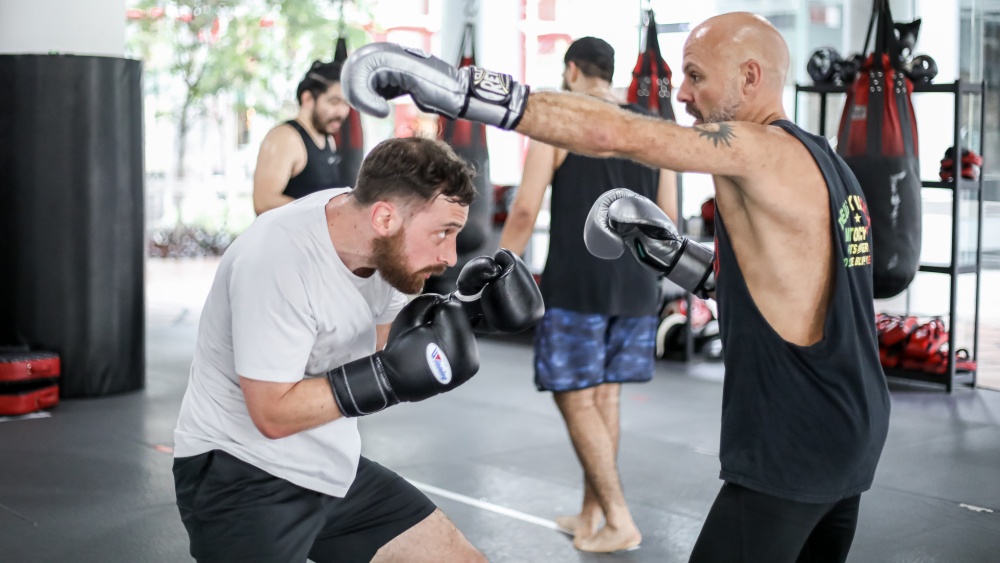Knockouts are the most epic ending a boxing match can have. It can change the outcome of a fight in the blink of an eye, leading to some of the most memorable moments in boxing history. While a knockout brings victory and adoration for the victor, it’s not as kind to the fighter on the losing end.
Research indicates that punches that cause knockouts can be detrimental to a boxer’s short and long-term health. Repeatedly getting knocked out can lead to chronic damage that causes cognitive health issues like dementia or personality changes.
Knockouts are caused by repeated concussions as the brain swooshes around the skull due to the impact of strikes. A concussion is medically defined as a head injury that disrupts neurological function. Each hard punch a boxer takes causes a concussion, and the cumulative effects of these punches can lead to a knockout. A knockout can also be caused by a single blow that disrupts brain function.
Fortunately, there are simple things you can do to reduce your risk of getting knocked out, like strengthening your neck. Research performed by the Journal of Orthopaedic and Sports Medicine indicates that neck size, strength, and posture affect the impact of punches and the risk of concussions. The stronger your neck is, the better you’ll be able to handle the impact of a blow to the head.
Other benefits boxers enjoy by strengthening their necks include:
- Reduces The Risk Of Injury: Neck exercises reduce your risk of injury by addressing weaknesses in your neck and stretching out muscles in the area. As a result, you’re less likely to pick injuries in and out of the boxing ring.
- Increased Flexibility And Range Of Motion: Neck exercises improve your neck’s flexibility and range of motion. This is particularly important for boxers since defensive maneuvers like slipping and weaving require lots of flexibility and mobility in your neck.
- Reduces Back And Neck Pain: Neck exercises help improve your posture, which alleviates neck and shoulder pain.
Ten Neck Strengthening Exercises Pro Boxers Do
A strong, thick neck reduces your risk of ending up on the wrong end of a knockout as a boxer, and it also balances out your physique. Here are ten exercises the pro boxers do which you should incorporate into your workouts to bulk up and strengthen your neck:
1) Neck Lateral Flexion
This exercise targets the sternocleidomastoid muscles at the sides of your neck. It increases extension and flexion in your neck while strengthening it and adding muscle mass. You’ll need a neck harness to perform this and many other exercises on our list.
Here’s what the exercise looks like:
- Attach a weight to your neck harness and hold it in your hands as you lay down on your side on an exercise bench or similar structure. Keep your head hanging off the bench and slowly release the weight, so it hangs off your head.
- Let your neck move downward until you feel a stretch on the other side of your neck.
- Lift your head towards the starting position so your head is once again aligned with your spine. Exhale while you do this.
- Inhale as you allow the weight to pull your head toward the ground to complete a rep. Perform 15 to 20 reps on one side before switching over to do the same thing on your other side.
2) Neck Flexion
Besides building thicker, stronger muscles, this exercise helps to loosen stiff muscles in your neck, reduces spinal pressure, and alleviates stress. You should feel a nice stretch on the back of your neck when performing the exercise.
Here are the steps:
- Keeping your back straight, sit on a chair or exercise bench with your legs forming a 90-degree angle at your knees.
- Keep your feet about shoulder-width apart with your toes pointing forward. Bend your torso until it’s almost parallel to the floor.
- Slowly lower your head until your chin makes contact with your chest and slowly pick your head back up to complete a rep. Aim for 15 to 20 reps and three to five sets.
3) Neck Plate Curls
Neck plate curls improve flexibility in your neck and reduce chronic neck pain. It’s an effective exercise to alleviate stiffness in your neck while strengthening it. Here’s what the exercise looks like:
- Lay down on a bench with your head hanging off its edge and your face facing the floor.
- Grab a weight plate and place it on your head while holding onto it with both hands.
- Slowly lift your head and pause for a few seconds at the top before returning to the starting position. Aim for 15 to 20 reps.
4) Neck Extension
This exercise helps to increase alignment and range of motion in your neck, increasing your overall mobility. You’ll only need an exercise bench for this exercise. Here’s what it looks like:
- Lay flat on the bench with your face facing the floor. Make sure your stomach makes contact with the bench.
- Gently lift your neck upwards until you’re looking at the ceiling, and slowly return your head to the starting position to complete a rep. Aim for 15 to 20 reps.
5) Resistance Band Isometric Holds
Here’s an exercise you can perform without a neck harness, but you’ll need a resistance band. You can make the exercise easier or more challenging by moving closer or farther away from the point you attach the band.
Here’s how to perform neck isometric holds using a resistance band:
- Attach a resistance band to a solid structure like a tree or pole and stand upright while facing away from it. Secure the band around your head so you can pull on it using only your neck.
- Pull the band using only your neck muscles until it’s fully stretched out. Hold the position for 30 seconds, then turn to your side and repeat for another 30 seconds.
- Once you’re done with that, turn 90 degrees again, so you’re facing the attachment point. Perform another isometric hold for 30 seconds, then turn 90 degrees and perform the exercise with your other side. Aim for three to five sets.
6) Neck Crunches
Neck crunches are a straightforward but effective way to strengthen muscles in your neck. The exercise engages the upper thoracic extensors (which keep your neck correctly aligned with your shoulders) and stretches out the suboccipital and scalene muscles.
Here’s what the exercise looks like:
- Lay down on your back with your head lifted off the ground as if you were about to perform regular crunches.
- Keep your back flat on the ground and perform crunches, moving only your neck. Don’t let your head touch the ground in between reps to make the exercise more challenging and give muscles in your neck a more thorough workout.
- Aim for three sets of as many reps as you can perform.
7) Headstands
Headstands are a yoga position that strengthens your neck and engages the small stabilizers in your neck. It also works your upper back, shoulder girdle muscles, and core. It’s an advanced pose, so you might have to work up to it if you’ve never done it before.
Here’s how to get into a headstand:
- Place an exercise mat along a wall. Ideally, you want a mat with some cushioning.
- Face the wall and get on all fours.
- Move your forearms to the mat and interlock your fingers. Your knuckles should be about an inch away from the wall in this position.
- Position the crown of your head on the mat, then cup your neck with both arms.
- Tuck your toes and bring your knees off the ground, so your hips are elevated and your legs are straightened.
- Walk your feet towards the wall until your shoulders are over your elbows, and lift your shoulders off the floor. Walk your feet some more until your shoulders are a little bit in front of your elbows.
- Keep your head still as you bend one knee and bring it towards your chest. Do the same with your other knee.
- Now, extend one of your legs towards the wall, then extend your other leg. You can keep your heels on the wall if you feel unbalanced. Hold the position for about five to ten seconds and return to the child pose. Repeat three to five times.
8) Barbell Shrug
The barbell shrug targets the levator scapulae and the upper and middle trapezius muscles. Your traps are the muscles that start at the bottom of your neck and go down into the top of your back and collarbones. The levator scapulae is a small muscle in the front of the neck. These muscles work together to hold your head, so strengthening them increases your ability to absorb punches.
Here’s how to perform a barbell shrug:
- Load up a barbell and stand up straight while holding on to it with both hands. Your feet should be about shoulder-width apart, and the same goes for your hands.
- Shrug your shoulders upwards, hold the position for a second, and lower your shoulders to complete a rep. Aim for 15 to 20 reps and about three to five sets.
You can also perform this exercise using dumbbells. The mechanics are the same, but dumbbells force each side of your body to work independently, helping to prevent muscle imbalances.
9) Plate Lateral Flexion
Here’s one of the most popular exercises when it comes to improving your general neck strength. You don’t need a neck harness for this, just a weight plate. Start with a 2.5 kg plate if you’ve never done the exercise and gradually increase the weight as your neck gets stronger.
Here’s what the exercise looks like:
- Get into the starting position laying on a bench with your head hanging off it.
- Place a plate on your head, right above your ear. If you’re new to the exercise, try performing a few reps without using any weight before transitioning to using plates. You can place a folded towel on your head to cushion the plate on your head.
- Slowly flex your head upward until your chin makes contact with your upper chest.
- Reverse the movement and extend your head backward until you feel a nice stretch in your neck. Aim for three sets of about 20 reps.
10) Neck Bridges
Neck bridges are an old exercise that strengthens your neck and increases muscle mass in the area. It’s been used by grapplers for centuries, and many credit this exercise for boxing legend Mike Tyson’s abnormally thick neck. It was a significant part of his neck-strengthening routine in his younger years, and the results are still visible decades after Tyson put up his gloves.
Neck exercises are also great for people who spend most of their time hunched over a desk as it also improves posture. The key to getting the most out of this exercise is taking things slow when you’re first starting and maintaining proper form at all times. Like the deadlift, it’s one of those exercises you want to do correctly every time since doing it incorrectly puts excessive strain on your neck and shoulders. Try performing the exercise against a wall before performing your reps on a mat.
Here’s what it looks like:
- Lay on a cushioned mat on the ground and move your feet close to your hips. Raise your butt and lower back off the ground and fold your hands on your stomach.
- Extend your knees and hips as you push your head into the floor. Roll back on your head while arching your back off the ground. Try to bring your forehead towards the mat by extending the back of your neck.
- Slowly return to the starting position, so your shoulders and the back of your head are once again touching the ground. Aim for about three sets of 20 reps.
You may also like:

















